- Home
- slideshows
- miscellaneous
- These photos show 17 years of the US-led 'Forever war' in Afghanistan as the conflict becomes deadlier than ever
These photos show 17 years of the US-led 'Forever war' in Afghanistan as the conflict becomes deadlier than ever
2001: The hunt for Bin Laden begins

2002: Operation Anaconda and talks of reconstruction
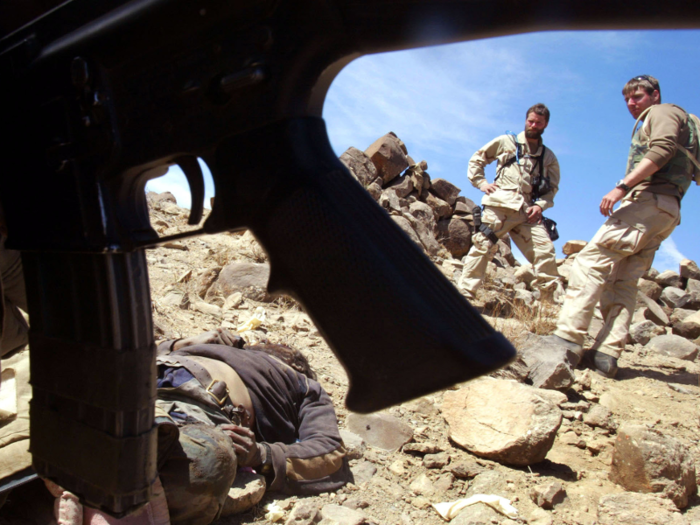
In March 2002, the US launched Operation Anaconda, a sweeping endeavor targeting over 800 Taliban fighters in the volatile Shah-i-Kot valley.
By this time, the US and the international community began contemplating how to rebuild Afghanistan, and President George W. Bush started turning his eye towards Iraq.
Hamid Karzai, steeped in controversy and claims of corruption, became the transitional leader of Afghanistan.
2003: US declares "major combat" has ended as the Taliban regroups
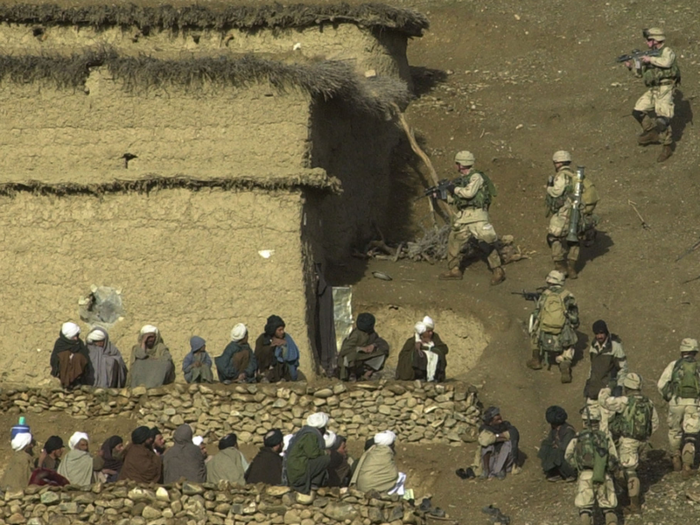
US officials claimed, perhaps prematurely, that "major combat" was over. Officials believe this declaration will pave the way for reconstruction to begin.
Approximately 13,000 US troops remained in Afghanistan.
In August, NATO assumed command of the International Security Assistance Forces, ISAF, tasked with securing Kabul.
As action in Iraq diverted attention, the Taliban started to regroup.
2004: A new government for Afghanistan
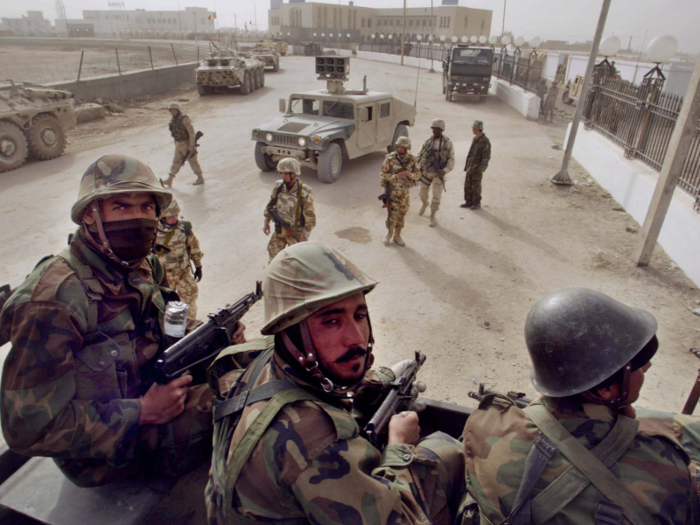
After an assembly of delegates paves the way for democratic institutions in Afghanistan, Hamid Karzai became the first democratically elected leader.
Thousands of Afghans made their way to the polls for the first time since 1969, in a mostly peaceful election.
Weeks later, a video of Osama bin Laden surfaced, in which he takes responsibility for 9/11.
"We want to restore freedom to our nation, just as you lay waste to our nation," he says.
The US troop count swelled to over 20,000.
2005: As priority shifts to Iraq, US troops in Afghanistan start to feel forgotten
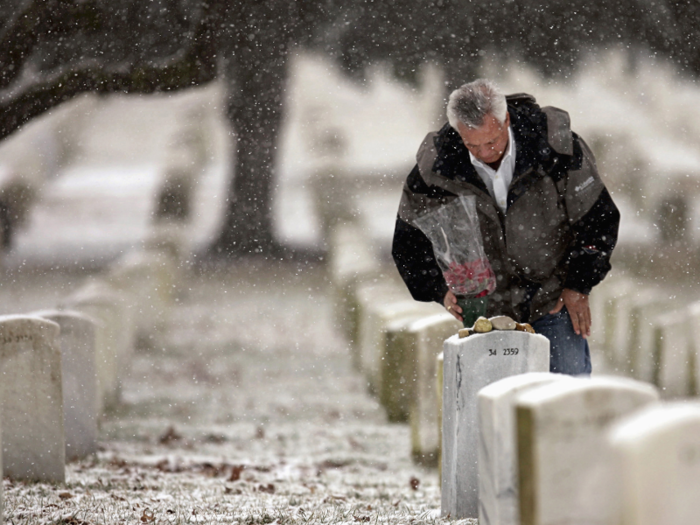
As the hunt for Bin Laden continues, democracy tries to take hold in Afghanistan.
The country held its parliamentary elections. Over half of the 6 million voters who turned out were women.
US forces in Afghanistan remained around 20,000.
2006: As US keeps focus on Iraq, violence in Afghanistan mounts
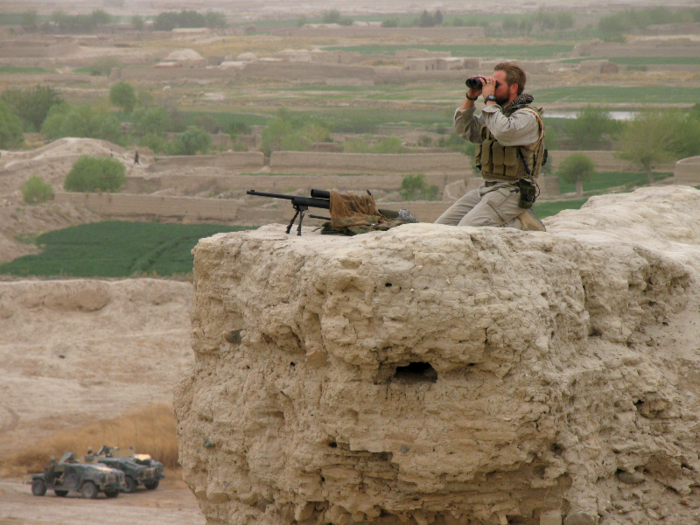
NATO security forces expanded their mission into southern Afghanistan as rifts begin to form between its member states.
The international community pledged over $10.5 billion to help Afghanistan fight the drug trade and poverty and to improve the nation's security.
Although the number of US troops stagnated around 20,000, violence against them increased throughout the year:
Suicide attacks jumped to 139, and 1,677 bombs were remotely detonated.
2007: Taliban builds strength, US sends more troops
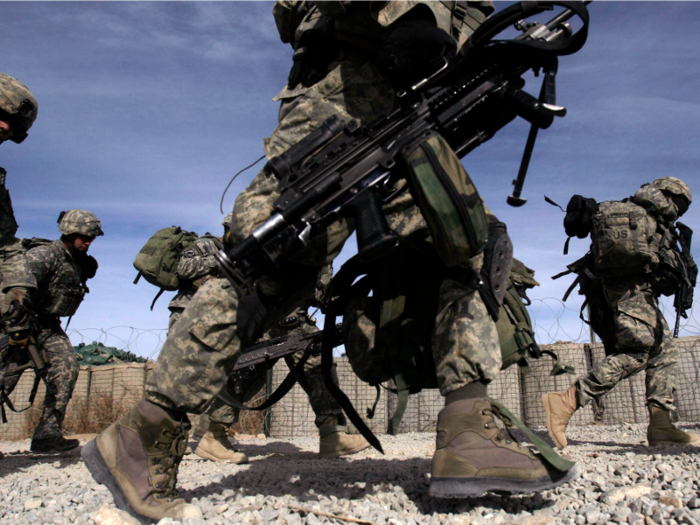
Mullah Dadullah, infamous Taliban commander, was killed in southern Afghanistan. Dadullah was a notorious leader of militants in Helmand province, one of the deadliest regions throughout the war and a Taliban stronghold.
Despite his death, the Taliban continued rebuilding as NATO forces attempted to relinquish control back to Afghan security forces.
US troop levels increased to 25,000.
2008: Criticism mounts along with the rise in civilian collateral deaths
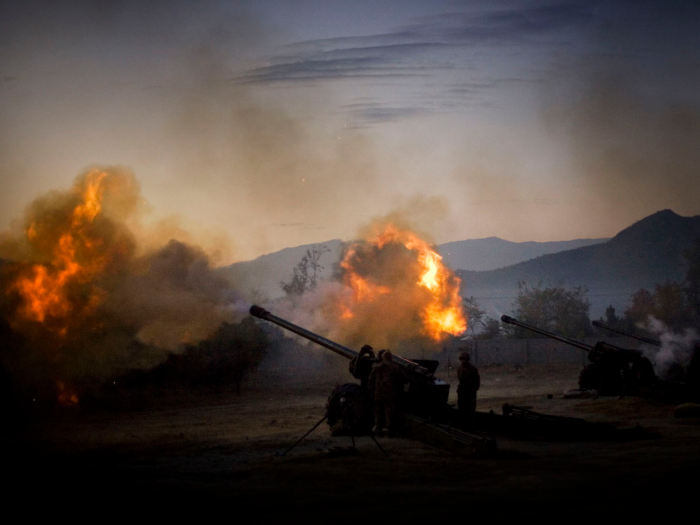
The US escalated its presence, ending the year with over 48,000 troops in Afghanistan.
Violence and the civilian death toll also increased throughout 2008:
A suicide bomb killed more than 100 people outside Kandahar.
Another suicide attack against the Indian embassy in Kabul killed 58 and injures 141.
US air raids in Herat killed approximately 90 civilians, including 60 children, according to reports. Two separate incidents also drew criticism after killing a combined total approximating 150 civilians.
2008 also saw the first insider attack by Afghan security personnel against their coalition trainers. Called "green-on-blue" attacks, this new phenomenon plagued coalition forces for the remainder of the war.
2009: Obama shifts focus back to Afghanistan, pledging more troops to fight a resurgent Taliban
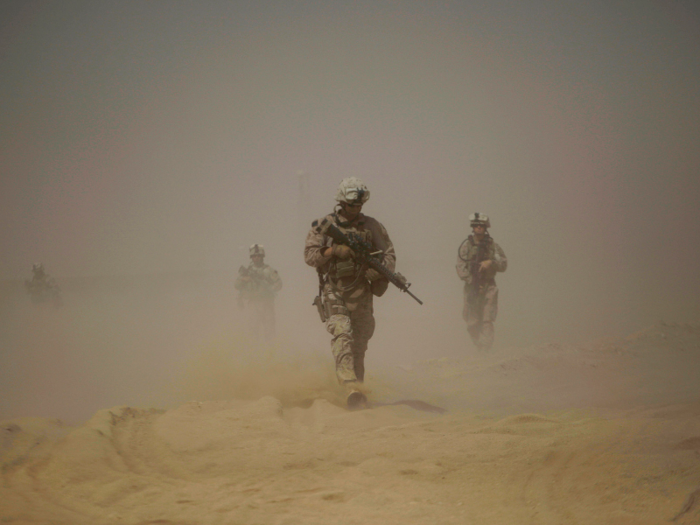
Newly elected President Barack Obama pledged to send more troops to Afghanistan, and to draw down presence in Iraq.
By December, nearly 100,000 US troops were in Afghanistan.
United Nations Assistance Mission in Afghanistan estimated civilian casualties increased by 24 percent.
The Taliban regained its strength in both Afghanistan and Pakistan, causing the US to focus on both countries as a combined challenge.
2010: NATO sets an unlikely timeline to transition security to Afghan forces
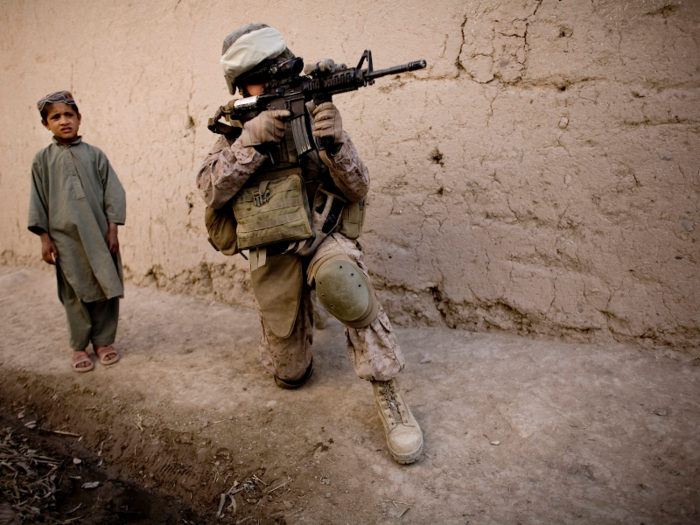
NATO member countries agreed to transition the security of Afghanistan back to Afghan forces by the end of 2014.
US forces reached 100,000.
Attacks against coalition troops by their Afghan trainees increased — five such attacks left 16 coalition troops dead this year. It is uncertain whether these attacks were pre-planned Taliban infiltrations or revenge by disgruntled Afghan forces.
2011: The hunt for Bin Laden is over; 'Geronimo' is dead
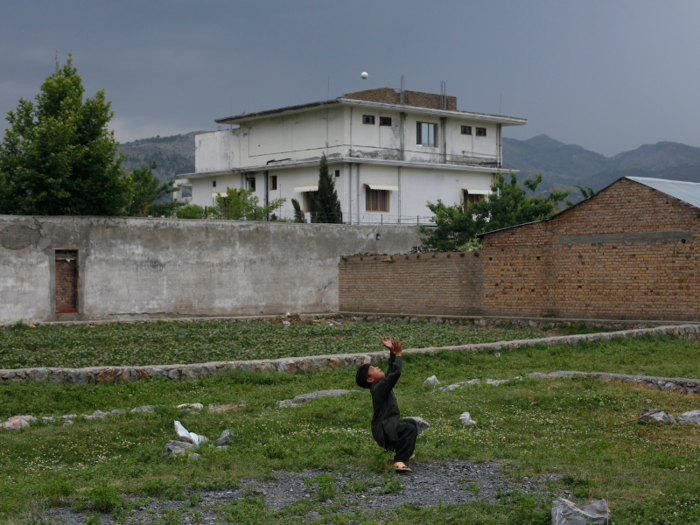
In May 2011, US Navy SEALs found and killed Osama bin Laden, the leader of al-Qaida and architect of 9/11, in a compound in Abbottabad, Pakistan.
His death fueled the debate about US presence in Afghanistan. His presence in Pakistan also increased tensions between Afghanistan and its eastern neighbor as Afghan President Hamid Karzai urged international forces to focus their efforts across the border.
US citizen support for the war continued to decrease.
The cost of a decade of war: 1,800 US troops dead. The US spent $444 billion.
2012: Controversies fuel tension as anti-American sentiments increase
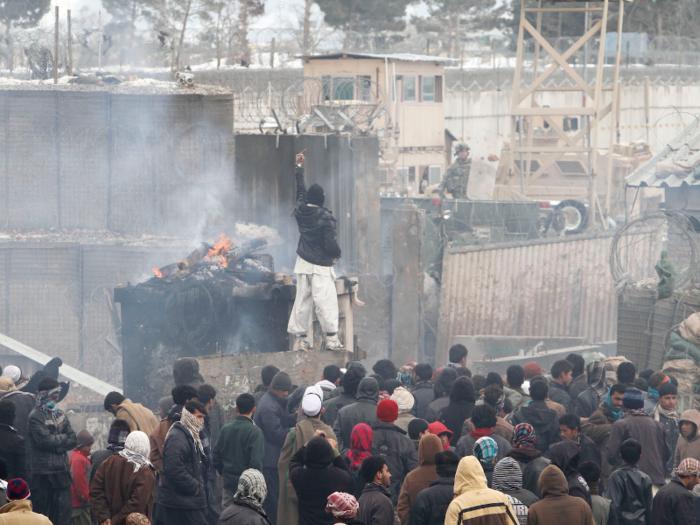
In February, US troops at Bagram Air Base outside of Kabul were reportedly seen burning Qurans and other religious texts. The incident sparked days-long protests. President Obama issued a formal apology to the people of Afghanistan.
US troops began to draw down, but over 70,000 remained in Afghanistan.
Insider attacks, where Afghan troops and police ambush coalition forces, reached their peak: 44 attacks killed 61 coalition troops and wounded 81 others. Because most of the so-called "green-on-blue" assailants are killed, it is impossible to know their motivations, but some suggested the significant increase in these assaults may be correlated to the Quran burning incident as well as a general perception of US troop insensitivity.
2013:

NATO relinquished control to Afghan security forces, taking on an advisory role and declaring its combat mission over.
US and Taliban talks resumed, which sparked Afghan President Karzai to suspend negotiations with the US.
Meanwhile, US forces continued slowly withdrawing. Around 34,000 troops remained.
2014: NATO launches Resolute Support, US vows to withdraw
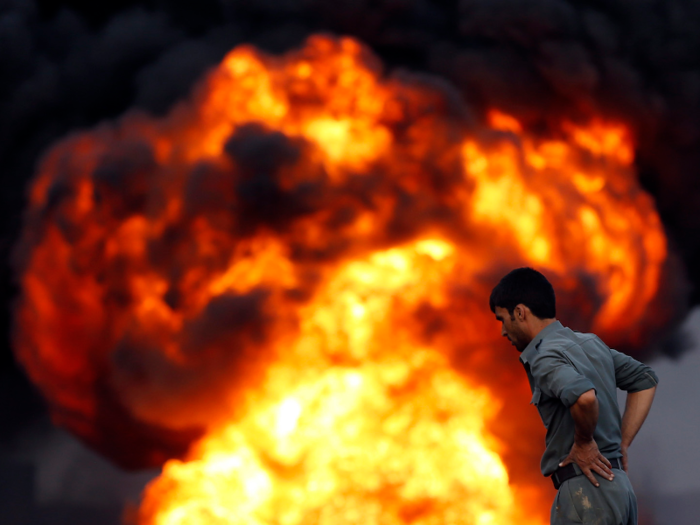
President Obama pledged to withdraw most US troops from Afghanistan by the end of 2016.
By the end of the year, less than 10,000 troops remained.
NATO officially ended its combat mission, launching Resolute Support mission in its stead.
2015: President Obama slows US troop draw down, still promising total withdrawal by 2016
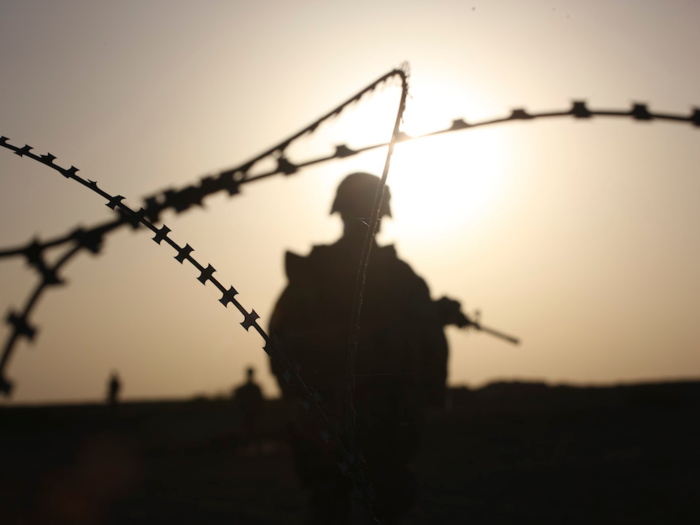
The withdrawal of US troops remained intact for the majority of the year, but in late 2015 President Obama reversed course.
Citing a resurgent Taliban, he said he will keep approximately 10,000 troops in Afghanistan but planned to cut that number in half by the end of 2016.
In a devastating October air raid, US bombs struck a hospital run by Doctors Without Borders, killing 42.
2016: With no end in sight, President Obama again delays troop withdrawal
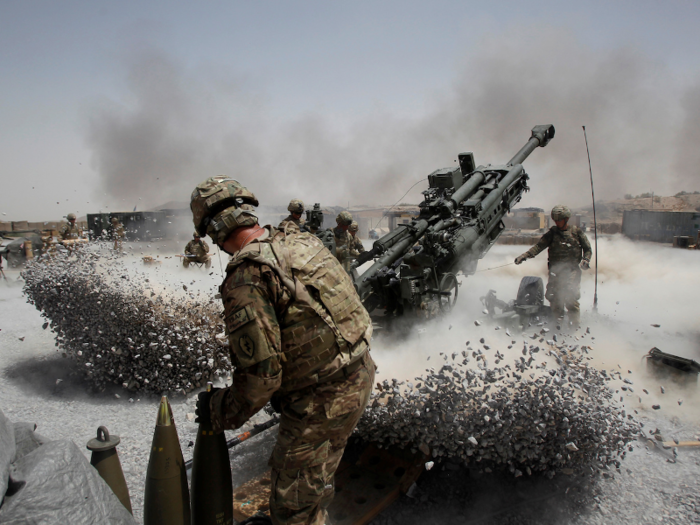
President Obama again postponed total troop withdrawal, keeping about 8,000 troops in Afghanistan through the end of his term.
The Taliban continued strengthening its hold in Afghanistan.
An attack in July in Kabul that killed an estimated 80 people and left over 200 wounded was claimed by ISIS.
2017: Newly elected President Donald Trump drops the Mother of All Bombs
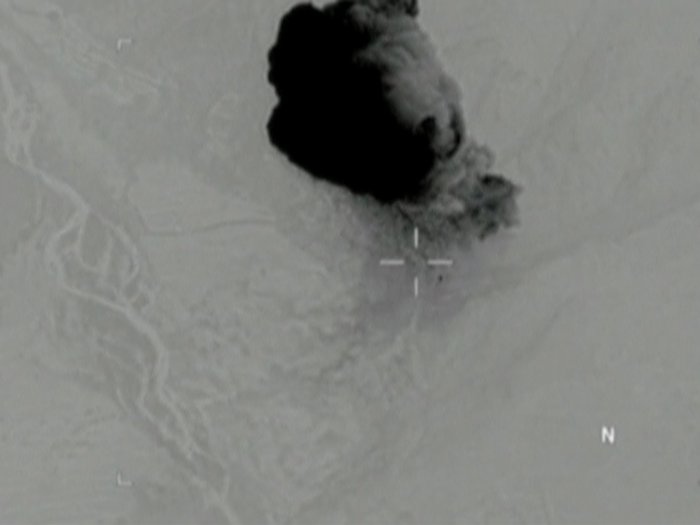
The US faced both Taliban and ISIS in Afghanistan.
As newly elected US President Donald Trump weighed his options, the Mother of All Bombs, or MOAB, is dropped in Nangarhar province, Afghanistan. The largest non-nuclear weapon in the US arsenal, the MOAB targeted a network of tunnels in eastern Afghanistan along its border with Pakistan. A reported 96 insurgents were killed.
Later, President Trump, who originally planned to withdraw from Afghanistan, pledged more ground troops on the advice of Secretary of Defense Jim Mattis.
2018: America's longest war drags on
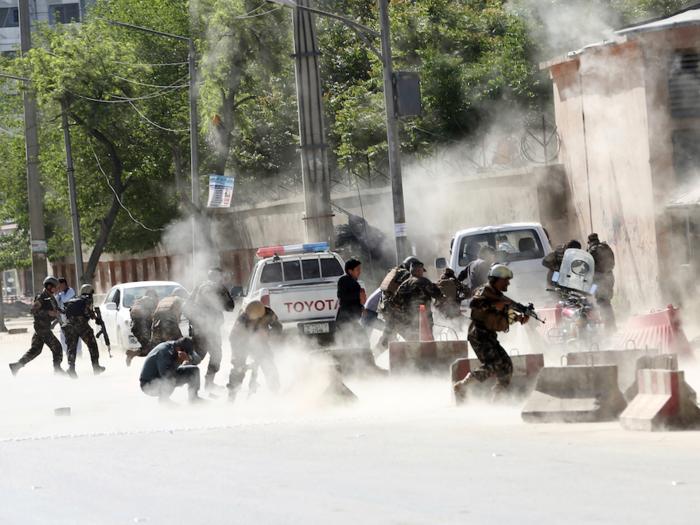
The Taliban matched US escalation in early 2018 with a series of attacks in Kabul, killing over 100 people.
US President Trump also cut off billions of dollars in aid to Pakistan, citing claims that the nation is harboring Taliban militants.
America's longest war — commonly referred to as its forgotten war — dragged on.
Popular Right Now
Popular Keywords
Advertisement